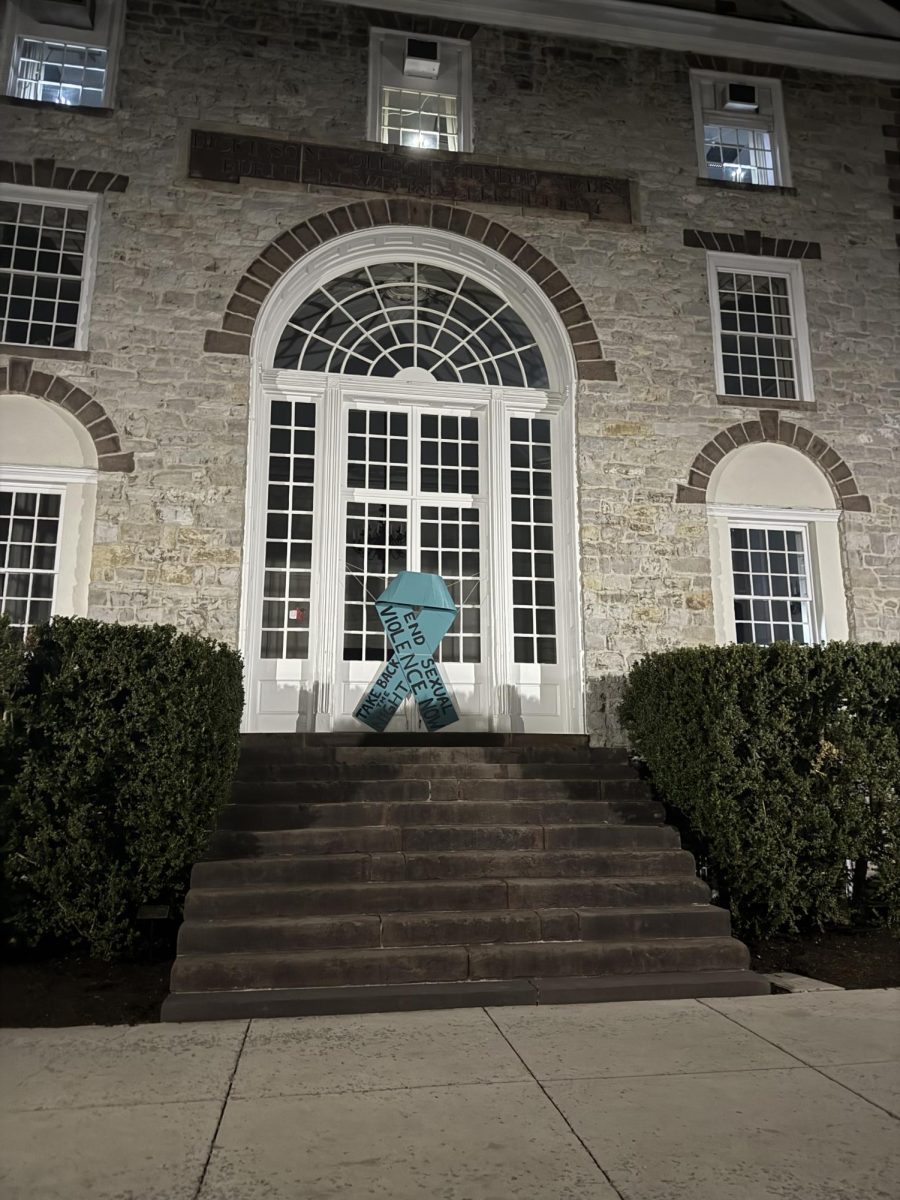Between dorms and academic buildings, there are several places on Dickinson’s campus that students frequent every day. However, when you look at some of the building names, like “Adams” or “Althouse,” it may raise questions like “Where did these names come from?” or, “Who are these places named for?” Here are the histories behind the names of a few different residential buildings around campus.
Adams Hall
Adams Hall is a dorm currently housing roughly 170 first-year students It was built in 1963 to be an all-women’s dorm. About a decade later in 1974, the dorm began to house both men and women. This building was one of five on campus designed by Elmer H. Adams, whose name bears no relation to the actual namesake of the building.
The building’s construction was made possible by a $250,000 donation by Rolland L. Adams, Class of 1927, and his wife Pauline. Rolland Adams was later awarded an honorary doctor of laws degree in 1966, and served for several years on the Board of Trustees.
Spradley-Young
Spradley-Young, a dorm in the Upper Quads along D Walk, was constructed in the 1960s and began to house students in 1964. It bears the name of two men, Henry Spradley and Robert C. Young, who were previously enslaved and worked as janitors for several years at Dickinson.
Spradley was born into slavery in 1830, and escaped during the 1860s, when he enrolled with the Union army during the Civil War. After the war, Spradley became a janitor at Dickinson in the late 1870s, a position he held until his passing in 1897. After his passing, the campus was closed for the day with his funeral being held in Bosler Hall, as the church he personally attended was too small for the expected turnout of mourners. His obituary was also the front page story of the April 17, 1897 issue of The Dickinsonian.
Young, who worked as a janitor and campus policeman, is one of the longest serving employees in the college’s history. Young worked for almost 50 years at Dickinson, and also played a significant role in getting the college to be racially integrated. He wanted his oldest son, Robert G. Young, to be able to have a college education, so he wrote in local newspapers which ultimately pressured the school to accept the younger Robert into the school.
Prior to 2021, the dorm was known as Cooper Hall, named for Thomas Cooper. Cooper served at Dickinson as a professor of chemistry from 1811 to 1815 before taking positions at the University of Pennsylvania and South Carolina College (now the University of South Carolina), including as the latter’s president. After leaving Dickinson, Cooper became more supportive of slavery, and became a slaveholder himself. The dorm’s name change occurred in 2020 due to the research of The House Divided Project’s research “Dickinson & Slavery,” which looked into the role that Dickinson and its alumni played in perpetuating the system of slavery.
Goodyear
Goodyear, which houses upperclassmen apartments and art studio spaces, including the Goodyear Gallery, was originally built as a factory in 1891. Since its construction, it has gone through four different owners, including three shoe producers before Dickinson. The building was originally built by John Lindner for his shoe company that bore his last name: the Lindner Shoe Company. The factory was then sold in 1922 to the Bedford Shoe Company, which was co-owned by Alonzo Bedford and William Goodyear — the latter of whom is now the namesake for the building — despite not being the name of any of the companies that owned it.
The factory was formally renamed Goodyear Warehouse after its third owner — the G. R. Kinney Corporation — purchased it in 1963, which utilized the building for storage. This same purpose is what Goodyear was used for for several years after Dickinson bought it in 1979. Ultimately, the artistic space and apartment life that populates the building now was added in 2001, while still keeping the building’s factory history and structural elements relatively unchanged.







